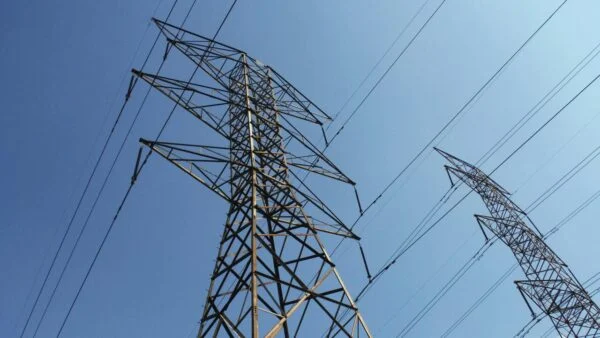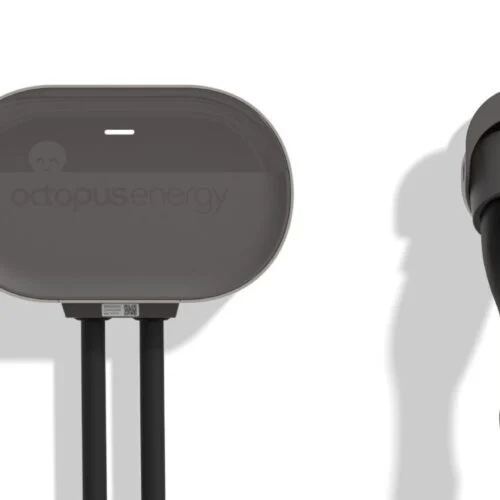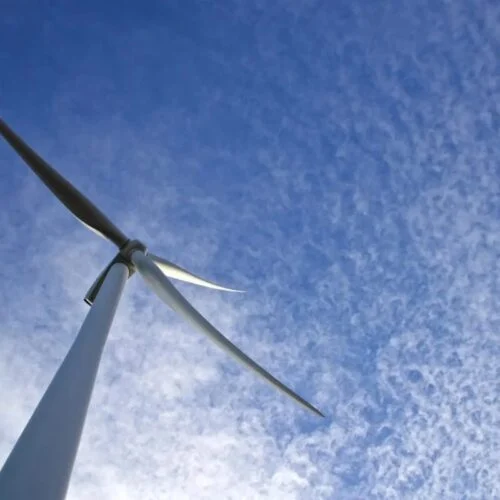Ofgem has announced that it will raise the threshold at which energy projects must undergo a Transmission Impact Assessment (TIA).
The evaluation of TIA is the process by which the National Energy System Operator (NESO) assesses the impact that a project looking to connect to the distribution network will have on the local transmission network to determine if reinforcement work is required ahead of the project connection. Currently, a TIA must be carried out for any projects above 1MW in England and Wales and 200kW in Scotland.
NESO, Ofgem, and various representatives of Distribution Network Operators (DNOs) and Transmission Owners (TOs) have been assessing the viability of raising the TIA threshold since the publication of a report by Ofgem in November 2023.
This industry group took a paper to the Connections Delivery Board (CDB) in October 2024, which recommended that the TIA threshold be raised from 1MW to 5MW in England and Wales while Scotland’s 200kW TIA threshold remains unchanged. The report noted that this will facilitate earlier connection dates for renewable energy projects between 1MW and 5MW as well reducing costs for developers, Ofgem, and DNOs. It was also noted that this would improve the efficiency of the TIA process by allowing NESO to focus its attention and resources on projects that have a more significant impact on the transmission system.
The TIA thresholds for Scotland will not be raised, something which Ofgem states is due to the “urgency of the proposal […] combined with the additional complexity of assessing the thresholds in Scotland”. The energy regulator has stated that a review of the thresholds in Scotland “is a separate defect which can more appropriately be assessed by a separate future modification”.
This has been criticised by trade group Solar Energy Scotland, which stated that the choice not to raise the TIA threshold in Scotland will “undermine Scotland’s solar energy industry and jeopardise Scotland’s own climate and energy targets, such as the 4-6GW solar deployment ambition by 2030”.
The TIA threshold rise to 5MW in England and Wales is set to be implemented immediately. As a result, any new connection application in England and Wales under 5MW will not require an evaluation of TIA, and projects under the threshold that are currently in the connection queue that have already gone through the TIA process will no longer be subject to the assessment or any associated requirements that resulted from it. Projects that have already connected to the grid will remain subject to their existing agreements, with their terms and conditions remaining unchanged.
Oli Pettersen, connections manager at battery energy storage system (BESS) developer Balance Power, called the decision to raise the TIA threshold in England and Wales “a major step forward for the UK’s renewable capacity”.
Pettersen added that the decision is “a smart, practical move that supports flexible, locally connected clean energy”. However, he cautioned that NESO and DNOs should be watched closely to ensure that the system is not misused by projects that are above the new limit.






